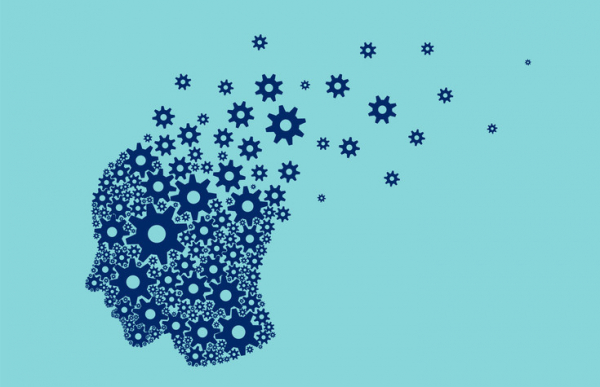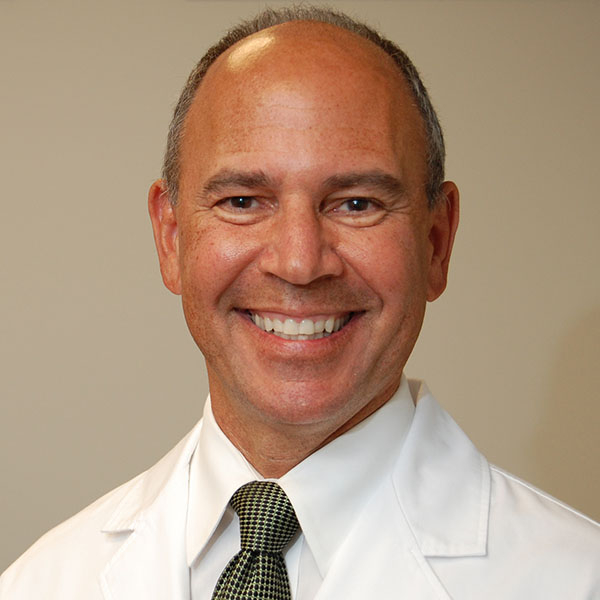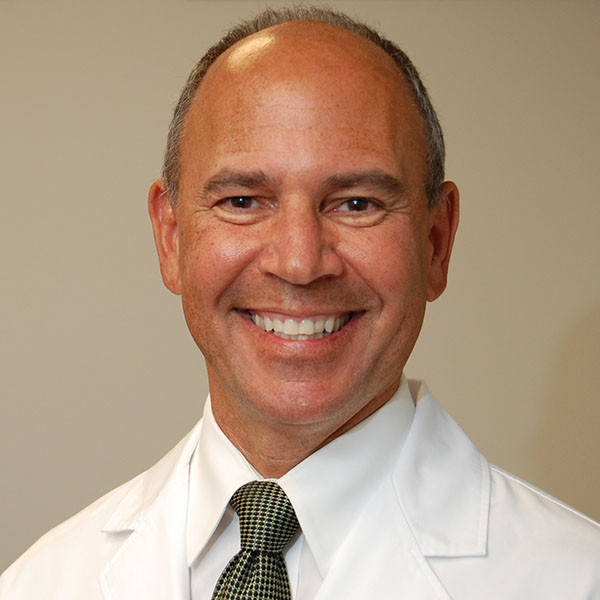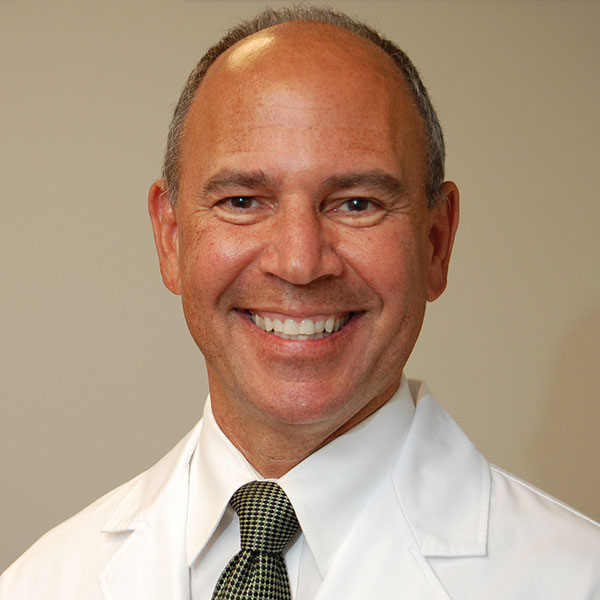Could men with advanced prostate cancer avoid chemotherapy?


When we think about radiation therapy, we typically picture treatments directed at tumors by a machine located outside the body. Now imagine a different scenario — one in which radioactive particles injected into the bloodstream find and destroy individual cancer cells, while leaving healthy cells unscathed.
The drug
One such “radioligand” is already available for certain patients with prostate cancer. Called Lu-PSMA-617 (trade name Pluvicto), it carries a lethal payload of radioactive atoms. The drug binds with a cell protein known as prostate-specific membrane antigen (PSMA), which is abundant on most prostate cancer cells but absent on most normal cells. After sticking to that protein, Lu-PSMA-617 delivers its radioactive cargo, and then the targeted cell dies.
As it currently stands, Lu-PSMA-617 is approved only for very a specific circumstance: eligible patients must have been treated already with chemotherapy for metastatic castration-resistant prostate cancer (mCRPC). During this advanced stage of the disease, prostate-specific antigen (PSA) levels rise despite treatments that block testosterone, a hormone that fuels prostate cancer growth (rising PSA indicates the cancer is progressing).
Doctors will often respond by switching to second-line hormonal treatments that block testosterone in other ways. If those drugs don’t work or become ineffective, then chemotherapy is typically the next option.
But could men with mCRPC bypass chemotherapy — along with its challenging side effects — and start on Lu-PSMA-617 right away? Investigators evaluated that potential strategy during a newly-completed clinical trial.
The study
The PSMAfore phase 3 trial enrolled 468 men with mCRPC. All the men had PSMA-positive tumors, and each of them had been treated already with a second-line testosterone blocker. For most men, that drug was abiraterone; the rest had been treated with a drug called enzalutamide. None of the men had yet been given chemotherapy.
The investigators randomized all the enrolled men into two groups. Men in the treatment group were given infusions of Lu-PSMA-617, while men in the control group were switched to a second testosterone-blocker that they hadn’t yet received.
The findings
After nearly a year and a half of follow-up, Lu-PSMA-617 treatment generated promising results. Crucially, the treated men avoided further cancer progression for a year on average, which was six months longer than progression was avoided in the control group.
Lu-PSMA-617 also produced significant drops in PSA: in 58% of the Lu-PSMA-617-treated men, PSA levels declined by half or more. Just 20% of men in the control group experienced comparable PSA declines. Lu-PSMA-617 was also well tolerated. The most common side effects were dry mouth and minor gastrointestinal symptoms, and treated men also reported less pain and better quality of life.
Commentary
Researchers still need to show that using Lu-PSMA-617 before chemotherapy actually lengthens survival before the FDA will approve this new indication. The enrolled subjects are still being followed, and “hopefully with further follow up, this sequence of treatments may become more widely available,” says Dr. Marc B. Garnick, the Gorman Brothers Professor of Medicine at Harvard Medical School and Beth Israel Deaconess Medical Center.
Added Dr. Garnick, “This study marks another advance in our emerging treatment options for men with advanced prostate cancer, and underscores the methodical progression of pharmaceutical development. When new therapies are introduced, they are studied in patients in whom the treatment options are limited. Fortunately, Lu-PSMA-617 showed excellent results in this population, and the study outlined here suggests that it may be able to move this therapy to even earlier forms of advanced prostate cancer. We anxiously await longer-term follow-up of this important research.”
About the Author

Charlie Schmidt, Editor, Harvard Medical School Annual Report on Prostate Diseases
Charlie Schmidt is an award-winning freelance science writer based in Portland, Maine. In addition to writing for Harvard Health Publishing, Charlie has written for Science magazine, the Journal of the National Cancer Institute, Environmental Health Perspectives, … See Full Bio View all posts by Charlie Schmidt
About the Reviewer

Marc B. Garnick, MD, Editor in Chief, Harvard Medical School Annual Report on Prostate Diseases; Editorial Advisory Board Member, Harvard Health Publishing
Dr. Marc B. Garnick is an internationally renowned expert in medical oncology and urologic cancer. A clinical professor of medicine at Harvard Medical School, he also maintains an active clinical practice at Beth Israel Deaconess Medical … See Full Bio View all posts by Marc B. Garnick, MD
























